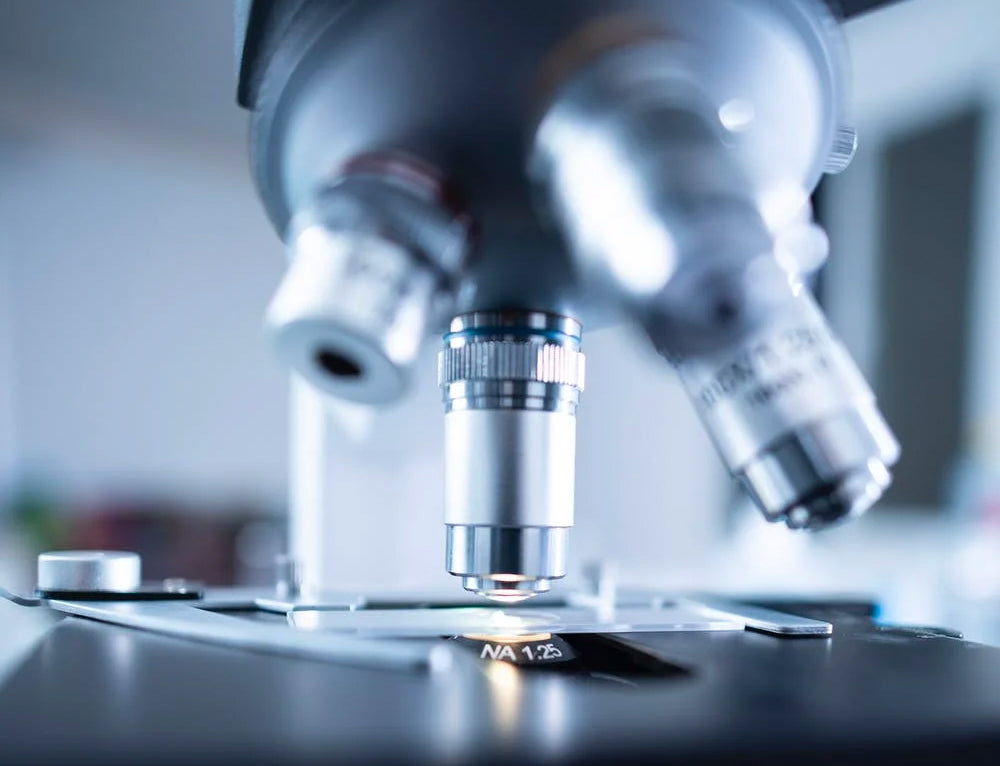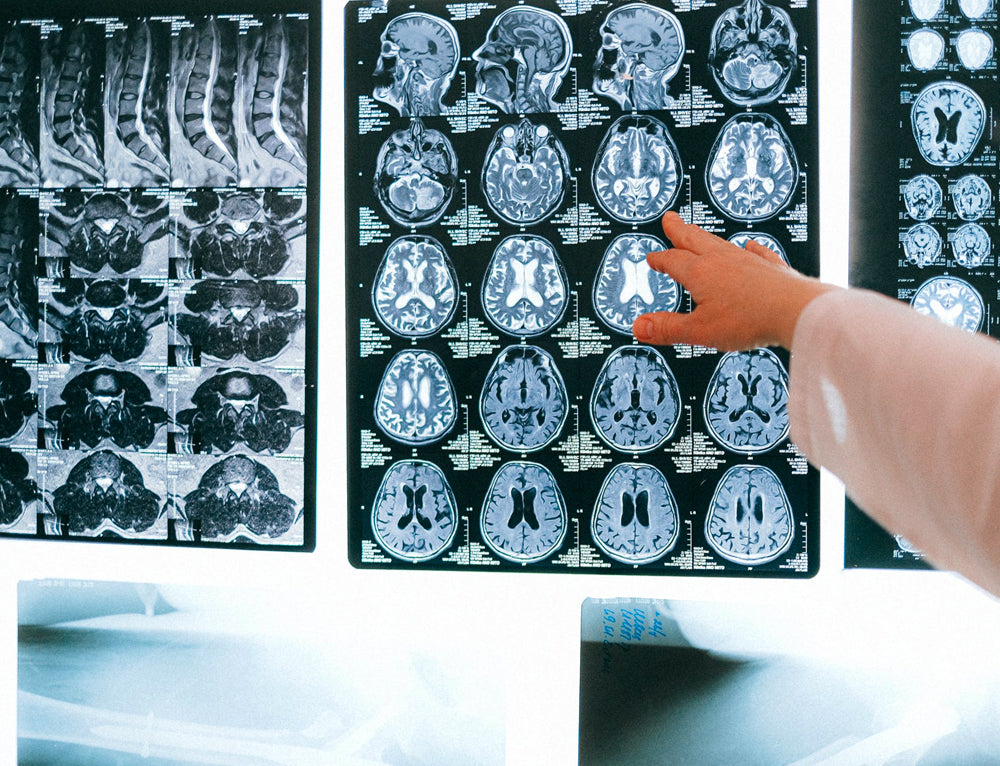How To Keep Helpful Bacteria Balanced In The Body

Bacteria has a bad reputation. When we think of bacteria we often think of germs, infections and contamination – the yucky stuff. Although some bacteria can definitely be harmful, not all bacteria are bad. In fact, our bodies produce helpful bacteria that play key roles in major functions like digestion and warding off disease. This is the good stuff. It is in our best interest to keep these colonies of bacteria healthy and plentiful.
Sometimes, these helpful bacteria can be lacking or become compromised for various reasons. For example, when we take antibiotics to fight off an infection, we kill the bacteria that are causing us trouble, but we inevitably end up killing some of the good bacteria as well. Luckily, we can work to replenish or rebuild some of that helpful bacteria though the use of probiotics. Probiotics contain many of the same elements as the good bacteria that we want in our bodies. For this reason, researchers and health conscious individuals alike have started to take notice of probiotics as a welcome addition to wellness therapies.
Probiotics have a variety of potential benefits, and these benefits can depend on the strain of bacteria that exists within the probiotics. Examples of these benefits may include prevention or treatment of digestive issues like constipation and diarrhea, possibly aiding in symptoms of some common vaginal infections in women, as well as the prospect of alleviating symptoms of a range of allergies and inflammations. These are just a few of the uses for probiotics, and researchers continue to study the effectiveness of these powerful bacteria on these and many other ailments.
Making sense of which strain of probiotics is right for you can be tricky. Seeking the advice of a medical professional may be useful in determining your specific needs. However, understanding the basics of probiotics can certainly help! To keep it simple – probiotics are made up of microorganisms. We can categorize many of these microorganisms into two groups: Lactobacillus and Bifidobacterium. That being said, many different strains exist within these two groups, and not all strains will have the same effect, so again – best to check with the experts if you have any questions.
The first group we will discuss is Lactobacillus bacteria. These bacteria occur naturally in our digestive, genital and urinary systems. Supplementing probiotics that contain specific strains of Lactobacillus bacteria can be beneficial when we have challenges with these systems. Examples of such challenges include urinary tract infections, vaginal infections such as bacterial vaginosis and yeast infections, and diarrhea or other digestive discomforts.
The second group, Bifidobacterium, lives in our intestines. Therefore, it makes sense that supplementing with probiotics that contain Bifidobacterium strains may help to alleviate symptoms associated with digestive issues. Individuals may find relief from such challenges as constipation, diarrhea and irritable bowel syndrome.
With the many useful benefits, it is wonderful that healthcare providers and researchers have really started to pay attention to probiotics. Although there is still some exploration to be done, probiotic use is becoming widely common and the positive results are undeniable. Now with a bit more knowledge about this option, you might consider discussing with your healthcare provider which probiotics may support your wellness regimen.
Sources:
https://nccih.nih.gov/health/probiotics/introduction.htm
https://medlineplus.gov/druginfo/natural/790.html
https://medlineplus.gov/druginfo/natural/891.html




